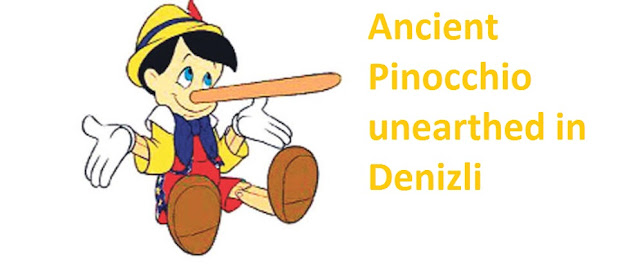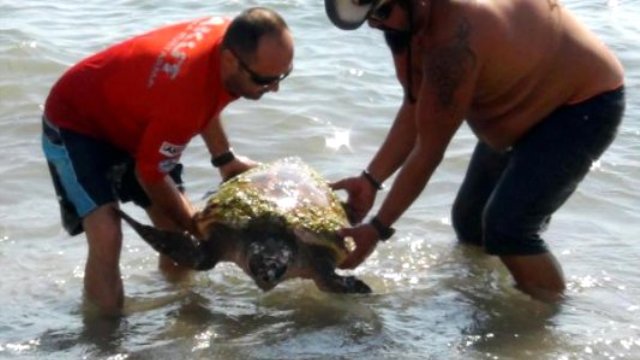
Low tide uncovers antiquated port in north Aegean town
The remaining parts of a 2,500-year-old antiquated port were uncovered without precedent for an age because of a low tide in Turkey's northern Aegean town of Ören.
"I've been climbing up here for a long time. I've been viewing the shoreline. It's the first occasion when I see such an immense low tide," said neighborhood inhabitant Timur Yılmaz, who is a resigned military sergeant.
"We can even observe the 2,500-year-old Adramyttium port. In this way, the low tide is very huge," he included.
Development foreman Kemal Işi concurred with Yılmaz, saying that he has seen the majority of the port just because.
The ocean level diminished around two meters, occupants said.
Ören is inside the limits of Burhaniye locale of the northwestern Balıkesir area.
Adramyttium, or Atramyttion, was an antiquated city and ministerial office in Aeolis, in cutting edge Turkey. It was initially situated at the leader of the Gulf of Adramyttium, on the River Caicus in the Plain of Thebe, 4 kilometers west of what is today Burhaniye, however later moved 13 kilometers upper east to its ebb and flow area and got known as Balıkesir's Edremit locale focus.
















